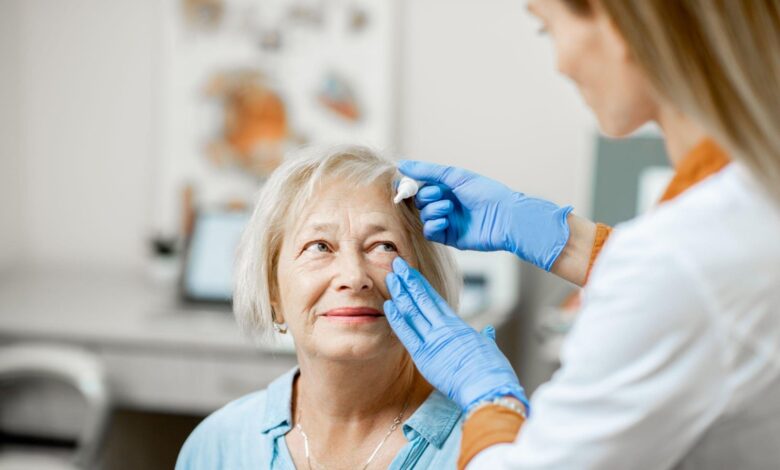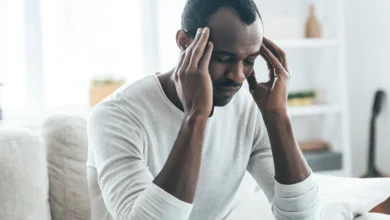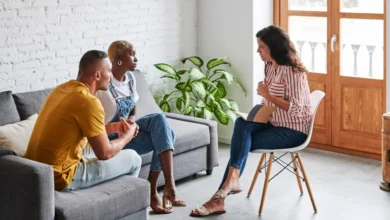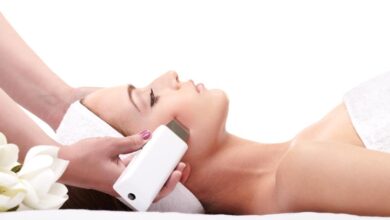How to Treat Low Vision: Strategies for Improved Visual Function

Living with low vision can present unique challenges, but there are various strategies and treatments available to improve visual function and enhance daily life. This comprehensive guide will provide valuable insights and practical tips on how to treat low vision effectively. From adaptive devices and assistive technologies to lifestyle modifications and rehabilitative techniques, empowering individuals with low vision is the key focus. Discover the possibilities and regain independence with these helpful strategies.
1. Understand the Nature of Low Vision
Low vision refers to a visual impairment that cannot be fully corrected with glasses, contact lenses, medication, or surgery. It can result from conditions such as macular degeneration, glaucoma, diabetic retinopathy, or cataracts. Understanding the underlying cause of low vision is essential in identifying appropriate treatment options and managing expectations.
2. Seek Professional Eye Care
Consulting an eye care professional specializing in low vision is crucial for proper diagnosis and treatment. Low vision specialists can conduct comprehensive assessments and recommend personalized solutions tailored to individual needs. They may prescribe specific visual aids, provide training in their use, and offer guidance on managing daily tasks.
3. Utilize Assistive Devices
Assistive devices are valuable tools that can significantly enhance visual function. Magnifying glass with light, both handheld and stand-mounted, can enlarge print and objects, making them easier to see. Electronic magnifiers, also known as video magnifiers, use cameras and screens to provide enhanced visibility. Other devices like telescopic lenses, prism glasses, and tinted lenses can address specific visual challenges.
4. Embrace Assistive Technologies
Advancements in technology have led to a wide range of innovative solutions for individuals with low vision. Accessible devices such as smartphones, tablets, and computers offer features like screen magnification, high contrast settings, and voice-activated commands. Specialized software and apps designed for low vision users provide additional support for reading, navigation, and independent living.
5. Optimize Lighting Conditions
Appropriate lighting is crucial for individuals with low vision. Increase the level of lighting in your living spaces, especially in areas where you perform tasks requiring visual acuity. Natural light is beneficial, so try to maximize daylight by keeping curtains open during the day. Use task lightings, such as desk lamps or under-cabinet lights, to illuminate specific areas where focused visual work is necessary.
6. Implement Contrast Techniques
Enhancing contrast can improve visual perception for individuals with low vision. Increase the contrast between objects and their background by using dark ink on light-colored paper, using bold markers for writing, or placing objects of contrasting colors against each other. This technique can facilitate reading, object recognition, and navigation.
7. Explore Rehabilitation Services
Low vision rehabilitation programs can provide valuable guidance and training to individuals with low vision. These programs may include orientation and mobility training, adaptive daily living skills, and counseling to address the emotional and psychological aspects of living with low vision. Working with a rehabilitation specialist can empower individuals to navigate their environment independently and improve their overall quality of life.
8. Adopt Lifestyle Modifications
Certain lifestyle modifications can contribute to better visual function. Eating a nutritious diet rich in vitamins and minerals, particularly those beneficial for eye health can support overall visual well-being. Regular exercise, adequate rest, and managing chronic conditions such as diabetes or hypertension can also positively impact vision.
9. Join Support Groups
Engaging with support groups or online communities for individuals with low vision can provide emotional support, helpful resources, and shared experiences. Connecting with others who face similar challenges can offer valuable insights and encouragement. These communities often share tips, recommendations, and success stories, fostering a sense of camaraderie and empowerment.
10. Regular Eye Exams and Follow-ups (continued)
Regular eye exams are essential for individuals with low vision. Even if vision loss has already occurred, routine check-ups allow eye care professionals to monitor any changes in eye conditions, provide necessary interventions, and adjust treatment plans accordingly. These exams can help detect and manage potential complications, ensuring the best possible outcomes for visual function.
Conclusion
Living with low vision doesn’t mean giving up on a fulfilling and independent life. By understanding the nature of low vision, seeking professional eye care, utilizing assistive devices and technologies, optimizing lighting conditions, implementing contrast techniques, exploring rehabilitation services, adopting lifestyle modifications, joining support groups, and prioritizing regular eye exams, individuals can take proactive steps towards treating low vision effectively.
Remember, each person’s journey with low vision is unique, and it may take time to find the strategies and treatments that work best. Patience, perseverance, and a positive mindset are key. Embrace the available resources, seek support, and stay informed about the latest advancements in low vision treatments. With the right tools and support, individuals with low vision can navigate their world with confidence and regain a sense of independence.
By implementing these strategies and following the guidance of eye care professionals, individuals with low vision can improve their visual function and enhance their overall quality of life. Embrace the possibilities, explore the options, and take control of your low vision journey. With determination and the right support, treating low vision becomes an empowering and transformative experience.
Remember, if you have concerns about your vision or low vision, it is crucial to consult with a qualified eye care professional for a personalized assessment and guidance on the best treatment options for your specific situation.



